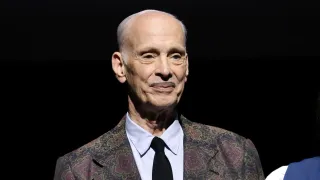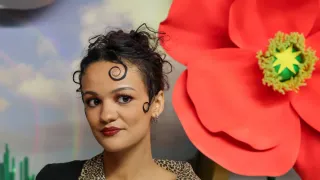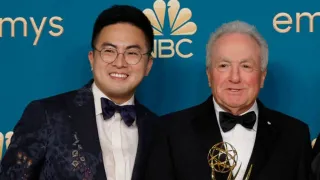
Sep 13
Robert Irwin’s Western-Themed People Magazine Photo Shoot Excites His Fandom
READ TIME: 5 MIN.
Robert Irwin, the 21-year-old wildlife conservationist and son of the iconic Steve Irwin, has been thrust into the limelight once again—this time not for his conservation work, but for a striking Western-themed photo shoot gracing the cover of People Magazine. Dressed in classic cowboy attire—white tank top, denim jeans, boots, and surrounded by horses, hay, and even a kitten—Irwin’s photos have become an instant internet sensation, particularly among queer audiences .
Social media platforms erupted as images of Irwin at a Los Angeles ranch circulated, with fans and admirers across the spectrum praising his blend of wholesome charm and newfound sensual confidence. The shoot manages to evoke both nostalgia and contemporary allure, reminding some of “JTT of the 2020s,” a nod to 90s teen idol Jonathan Taylor Thomas, while also sparking new conversations about masculinity and queer desire in pop culture .
Irwin’s appeal to queer communities is multifaceted. While he identifies as straight, he has been a visible and vocal ally, once tweeting his pride in supporting LGBTQ+ rights and inclusion. This openness has encouraged queer fans to “claim at least a slice of the thirst pie,” as one viral tweet described it, making Irwin an object of admiration and playfully possessive fandom .
The reaction is not just about looks. Irwin’s conscious allyship and positive engagement with queer audiences have amplified the reception of his People Magazine cover. In the wake of his earlier viral Bonds underwear campaign—where he was photographed wrangling snakes and spiders in little more than boxer briefs—Irwin’s profile as a Gen Z “thirst trap king” only seems to be growing .
The enthusiastic response from queer fans also highlights the importance of visible allies in media, especially when those allies actively work to support inclusivity. Irwin stands out for using his platform not just for personal branding, but to promote conservation and social justice, creating a multi-dimensional public persona that resonates with a wide audience.
The overwhelmingly positive response to Irwin’s cover shoot is a testament to changing attitudes about masculinity, sexuality, and representation in contemporary media. The images—playful, confident, and suggestive without being overtly sexual—have been praised for offering a new vision of what it means to be desirable and accessible, especially for young queer viewers.
Many have pointed out that Irwin’s photo shoot feels refreshingly inclusive, blending traditional “rugged” cowboy motifs with a softer, more approachable energy. The inclusion of animals—a kitten curled in his arms, horses in the background—also pays homage to Irwin’s conservation roots while subtly appealing to queer aesthetics that value playfulness and authenticity .
Queer theorists and cultural commentators have noted that this kind of representation challenges old tropes and invites new forms of identification. As LGBTQ+ fans celebrate Irwin’s willingness to engage with his queer audience, they also see the photo shoot as a sign of progress: a mainstream publication and a mainstream celebrity creating space for inclusive desire and admiration, without stigma or shame .
While Robert Irwin is quick to acknowledge the attention, he remains focused on his broader mission. In interviews accompanying the People Magazine feature, he emphasizes his dedication to wildlife conservation and his participation in the current season of “Dancing with the Stars,” noting, “Dancing scares me more than anything else I’ve ever done!”






